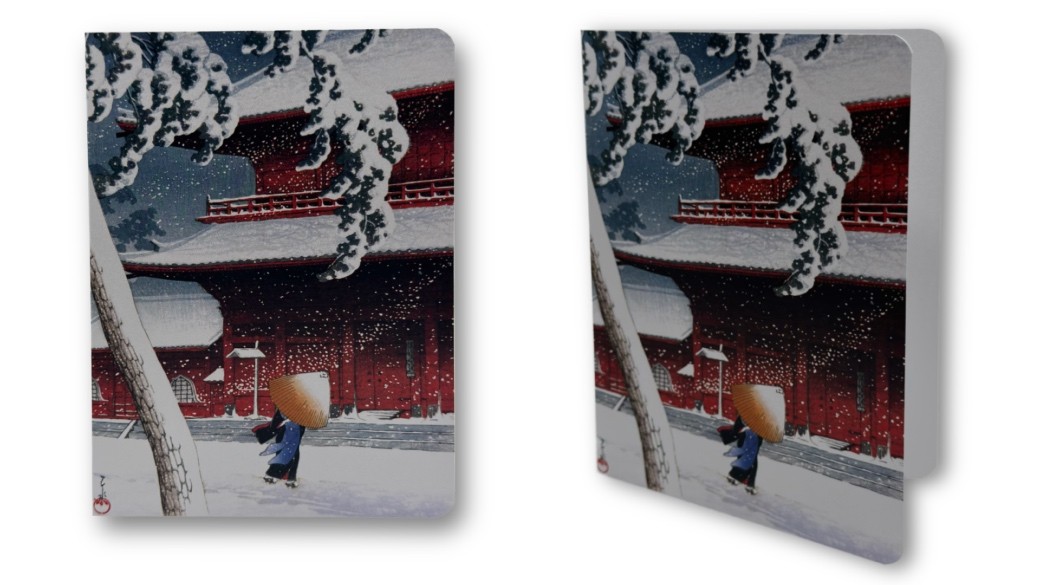
Antique Japanese Folding Screen for Your Home
Japanese folding screens, called byōbu in Japanese, combine art with functionality. These screens are made up of several panels and serve as decorative room dividers. They are typically decorated with beautiful paintings and calligraphy. Byōbu are traditionally arranged in a zigzag shape and always consist of an even number of panels.
Originating in China, the first folding screens came to Japan in the 8th century. Over time, the Japanese developed them into their own art form, with characteristic motifs, materials and production techniques. In the Heian period (794-1185), byōbu became an indispensable element in the homes of the nobility, as well as in temples and shrines. They flourished during the Momoyama period (1573-1603) and the early Edo period (1603-1868), when they became a status symbol for the samurai. During this period, gold leaf was often used as a background, giving the rooms an aura of wealth and power.
The motifs on the screens are varied, ranging from detailed natural scenes to historical events, everyday scenes and allegorical images. Important art schools such as the Kano school, known for the official style of the ruling shoguns, the decorative Rinpa school and the imperial Tosa school influenced the aesthetics of these works. Ukiyoe artists of the Edo period also used the medium of the folding screen to depict scenes of urban life. With the rise of Japonism in the second half of the 19th century, the byōbu found their way to the West, where they became a source of inspiration for Impressionist art and architecture.
Present use

Today, byōbu are valued as important testimonies to Japanese cultural history, reflecting aesthetic, social and political developments over the centuries. Most importantly, byōbu are an aesthetic element in today's modern open-plan living spaces. They serve as stylish room dividers, decorative art objects or impressive backdrops. Byōbu can add atmosphere to neglected corners of a room. Small byōbu can be hung like paintings.
At Sato you will find a selection of antique byōbu from various periods, subject to availability.




